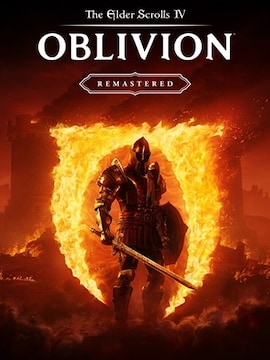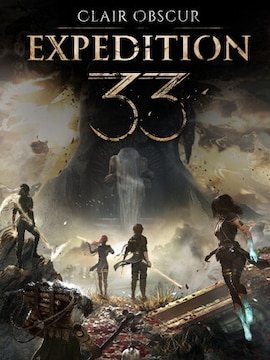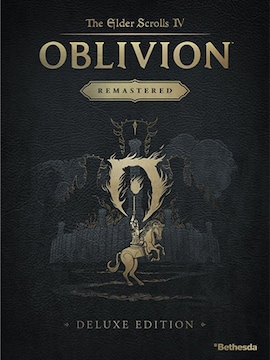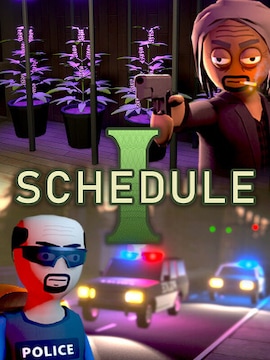In terms of hobbies, gaming is possibly one of the broadest and most diverse. Even just the direct categorization of games splits into distinct fandoms the deeper you investigate.
From fans of gaming as a whole, through genre-fans, down to people who are really into just a single, specific installment of a series, or a singular mechanic, like time-gated crafting, or robust character creation.
This breadth also extends to the people for whom gaming is the primary hobby. It’s always been this way, but this fact wasn’t obvious, or generally acknowledged until relatively recently. You probably already have an idea about what it relates to, and you’re probably right! But for the purposes of this text, we’re going to focus specifically on the presence of women in gaming.
The hidden history
For all the popular image that gaming is a hobby for boys and an industry for men, it’s never been quite true. Not even in the eighties or nineties, before the widespread internet shone a bigger light on female gamers in a multitude of online games, especially MMORPGs. Nowadays there’s no shortage of recognizable women in the space, largely (but not exclusively by any stretch of the imagination) thanks to Twitch.
Women have also always been in gamedev.
Amy Hennig, responsible, among other things, for Legacy of Kain and Uncharted, started her career in the late eighties. Stories like that are common, but buried under the avalanche of big names like John Carmack or Sid Meier.
The dark smoke clouds of interacting with people
Of course, this obscurity doesn’t come from nothing. Women in gaming, as devs and creators or gamers, have been subjected to frequent toxicity for a long time. The scope of it ranges from frustrating and ill-advised gatekeeping (“oh, if you love gaming so much then what are all the inputs for all the Fatalities?), patronizing (“women only play The Sims”) to targeted harassment, the scope of which has been too drastic to tackle properly here.
Thankfully, this situation is shifting, slowly but surely. There are still a-ways to go, but there are reasons to believe the worst has, for now, passed. Or rather: started getting substantial push-back, confining the toxicity to more-or-less isolated regions of the internet.
The silver lining of well-maintained communities
Of course, on the flip side are the communities gathering around prominent female gamers on Twitch, YT, or participating in Discords and Patreons. Quite often, such communities can be quite friendly and pleasant to interact with for anyone coming in good faith. Just as often it’s the fruit of hard work of both formally appointed moderators and regular members themselves keeping an eye on toxic invaders.
This also extends to communities gathering around traditionally men-facing franchises, or male creators. Moderators donning the lead-lined hazmat suits to take out the toxic waste out often pave the way to women being more comfortable and more active in such places. It’s a win-win for everyone who loves the hobby and wants to share it with as many people as possible.
The closing remarks on openness
The ever-growing presence of women playing video games, making them, talking about them not only works towards more welcoming communities but also opens a way to fresh perspectives in gamedev.
And hasn’t it always been the case in other media? Would horror literature and genre as a whole be the same without Mary Shelley’s Frankenstein? Or would Star Wars be the generational hit without Marcia Lucas’ work on the script and plotting of A New Hope?
Women have always been nerds and gamers, it’s just that for decades the nerd-dom at large hadn’t been ready to wake up to this fact without snide remarks.
Well, it’s been quite a few highly caffeinating years now, and it’s time to get to work and see what the future holds.




